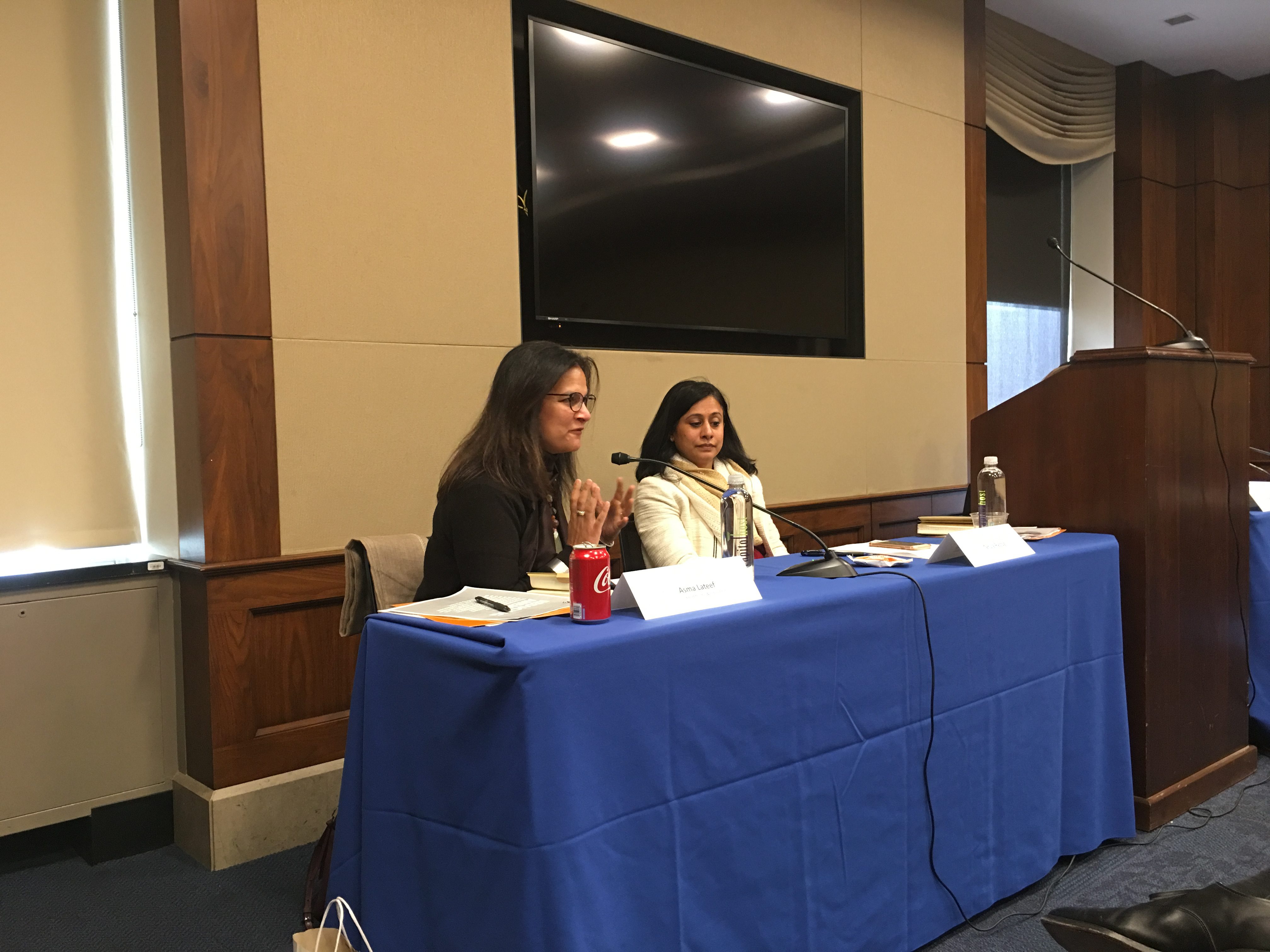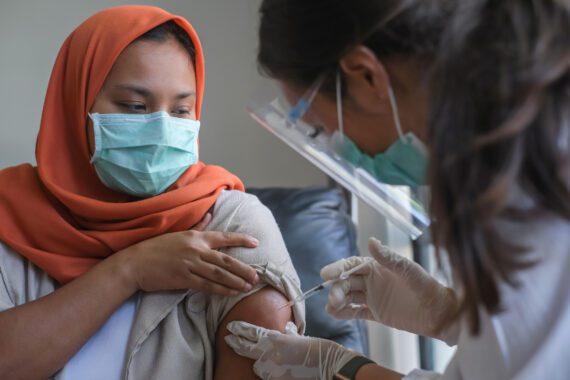By Jordan Teague
Nutrition has consistently been determined to be a “best buy” in international development. Economic experts rank the fight against malnutrition at the top of worthy investments in confronting global challenges. Given this season of budget constraints, it is ever more important that we do not miss opportunities to get the most nutritional impact from programs we are already doing.
The U.S. government is a leader in foreign assistance, including in nutrition. And there are several U.S. government initiatives that could be used as platforms to get even more nutritional impact from dollars currently spent. The flagship global food security initiative, Feed the Future, along with Food for Peace, McGovern-Dole Food for Education, and PEPFAR, are some examples.
2018 will see opportunities for such initiatives to integrate nutrition and thereby get multiple benefits from every dollar invested by the U.S. government. Bread for the World Institute hosted a congressional briefing in January with the House Hunger Caucus, 1,000 Days, Save the Children, and Action Against Hunger to educate the community and Congress on these opportunities.
Our partners from the Center for Strategic and International Studies, USAID, Save the Children, and the World Food Programme, along with our own Asma Lateef, spoke on the panel at the event. The key message each panelist stressed was that the U.S. government and its partners are already innovating to improve nutrition outcomes, and there are further opportunities available to do even more.
Flexibility to buy diverse and nutritious foods in the local market. USAID’s Food for Peace program provides food aid commodities to communities in hunger crises – typically a mix of corn-soy blend that is fortified with micronutrients. But, as research shows, a diverse diet is key to good nutrition, including nutrients from foods like meat, dairy, and fresh produce. USAID can’t ship those types of foods, so one food assistance tool that helps improve nutrition is providing vouchers to households to purchase diverse and nutritious foods in the local market.
The Food Aid Quality Review. The Farm Bill authorizes this program, that conducts research and testing to provide actionable recommendations on ways to improve the nutritional value of food aid for vulnerable populations. The FAQR, hosted at Tufts University, has discovered ways to redesign, fortify, and package food aid to better serve nutritional needs.
Layering Feed the Future and Food for Peace to maintain progress in the face of crisis. Ethiopia saw an historic drought in 2016, brought on by the El Niño effect. Save the Children was implementing ENGINE, a Feed the Future and nutrition program, but the successes and progress achieved in those communities was at risk. During this time of crisis, USAID’s Food for Peace program was able to support the Feed the Future project to provide assistance and preserve the households’ nutrition gains during the drought.
Long-term multi-sectoral development projects. Food for Peace development food security activities are 5-year projects that work to improve nutrition, food security, and resilience by addressing all the factors that influence food security such as agriculture, nutrition, water and sanitation, livelihoods, disaster risk reduction, and health. The Farm Bill provides this authority.
Tailoring school meals programs to adolescent girls’ nutrition needs. The McGovern-Dole Food for Education program also has a role to play. Its first objective is to improve literacy, but its second objective focuses on improving nutrition. Adolescent girls, a population that this program serves, have specific nutritional needs that are important as they prepare to become mothers. The McGovern-Dole program has the unique opportunity to be able to deliver nutrition support to this harder-to-reach population.
Let’s work together in 2018 to make sure that every dollar spent in foreign assistance maximizes its nutritional impact. These are a few ways to start.
Jordan Teague is an international policy analyst with Bread for the World Institute.



